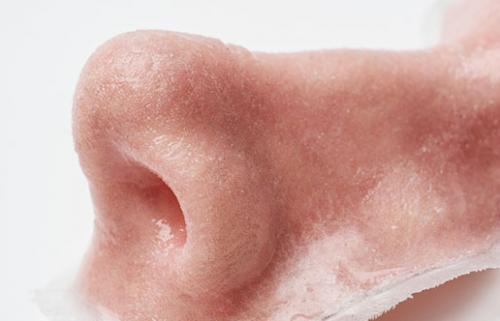3D Manufacturing Enables Doctors To Print A New Nose

Our nose is in the centre of the so-called ‘communication triangle’ of our face (the area formed by eyes, nose and mouth), where other people’s gaze is focused. Jane Frances from Changing Faces claims that the worst of all facial deformities is a missing nose. Ideally, it can be replaced by a similar structure, a surgically reconstructed nose, though in some cases it’s impossible, e.g. if the nose was removed because of cancer and the area needs to be monitored regularly, so a realistic-looking prosthesis is the next best option. For children whose faces are still growing, both options might be inappropriate. A reconstruction would require repeated surgeries to accommodate the changing facial tissues, and a prosthesis is also likely to require repeated surgical procedures to embed new attachments in the growing bone. Besides several uncomfortable fittings and several weeks will be needed before one gets a nose that fits properly. The new nose will only last six to nine months: both the material and colour start to deteriorate with exposure to cosmetics, sweat, pollution, UV light etc. Another problem is that prosthetic technicians (anaplastologists) aren’t available in some parts of Africa and other countries. A team of researchers from the University of Sheffield, exploring biomaterials and implants, in collaboration with Fripp Design and Research, a Sheffield-based industrial design company, have employed digital 3D technologies to create a fleshlike nose prostheses to make the process easier and more comfortable for patients. First a picture of the patient’s face was taken using a number of 3D cameras from different angles to take a 180° image of her face, another picture was taken to define the patient’s skin tone. Then a 3D computer-aided design (CAD) file was created using the 2D and 3D images to match the contours, texture and skin tone. A starch material, featuring softness and being strong enough, was chosen as appropriate for biocompatibility and layer by layer it became the newly constructed nose. The final stage was soaking the nose in medical grade silicone fluid to make the nose strong. As a result the client noticed how comfortable and lightweight it felt, besides the ‘product file’ could be stored electronically, so future replacements can be printed directly off. The team is now going to further test the system on other customers, before making prosthesis on a large scale.
Via:medicalxpress.com
| Tweet |











